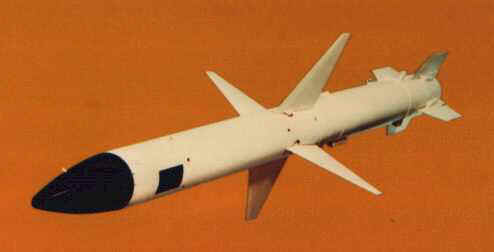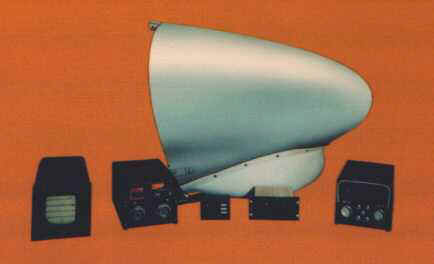
Home Bulldog Morepod MLV EW Back to Resume
TIAS

TI Shrike Anti-Radar Missile

Target Identification and Acquisition System (TIAS)
In the Vietnam War, the North Vietnamese used radar directed guns and surface to air missiles (SAM) to shoot down our aircraft. The radar directed weapons were camouflaged and hard to find. We countered with electronic warfare (EW) systems on aircraft to locate and identify the enemy radars which then could be destroyed by anti radar missiles (ARM), which would use a radar's signal as a beacon to home in on. TIAS was such a system for targeting enemy radar with TI Shrike ARMs from US Navy A-4 carrier aircraft. It was a very sophisticated system for its day that would identify and display all hostile radars in front of the aircraft, well beyond the range of the SAMs the radar controlled.
I was just out of college and my task was to develop the subsystem for measuring the pulse repetition frequencies (PRF) all the radar signals TIAS was receiving in real time. From the PRF, pulse width and radio frequency of the radar signal, the radar could be identified as well as its operating mode (i.e. - was it searching for aircraft, tracking aircraft or guiding a missile). Digital intergraded circuits were new and pretty basic, but gave us the ability to do this function digitally. The TIAS PRF measurement subsystem or PRF Correlator had 454 integrated circuits on 23 circuit cards that plugged into a 20 layer motherboard which was a first for its day.
Next I was given the task of developing the master control and timing unit for TIAS. This was before computers when things were done with hard wired logic. It was called the Sequence Translator (ST) as it sequenced all the operations done by system from receipt of a radar pulse to ID and display of the radar to the pilot. Since the ST controlled the whole system, it interfaced with all subsystems in TIAS. That gave me a complete knowledge of the whole system and I followed TIAS through its acceptance and qualification testing, identifying problems and potential problems and determining how to solve them.